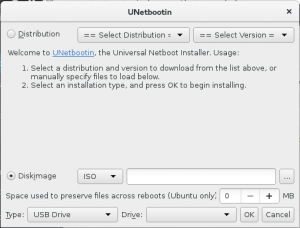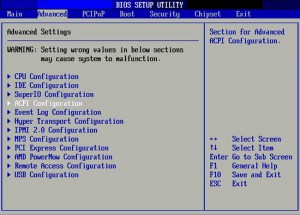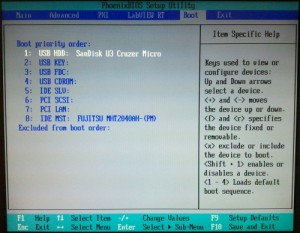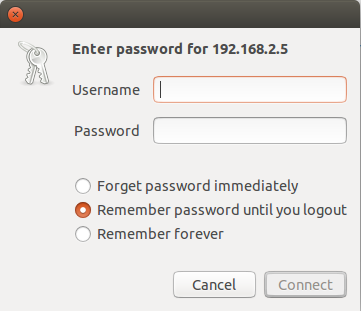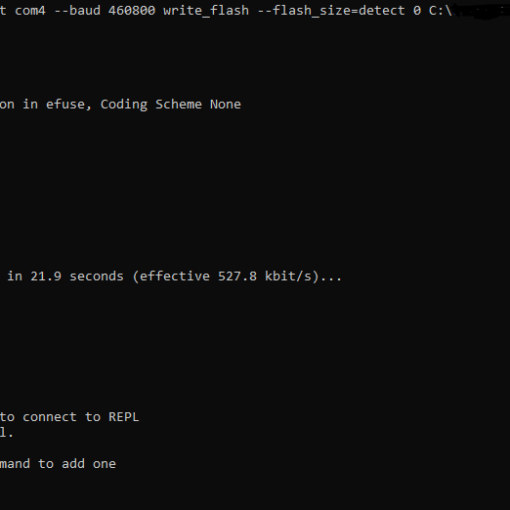If you want to try out linux on your own computer (without trying it in a VM), you can easily boot linux from a USB-stick. This also comes in handy if you want to retrieve info from a harddisk on a computer that you don’t have credentials for (if the disk is not encrypted), want to run boot-recovery (in case bootmanager stops working) etc.
Anyways, what you need to accomplish this is a USB-stick, internet and a computer.
We need some software that can write an iso (diskimage file) to a USB-stick, and for this we’re going to use unetbootin. Get unetbootin from https://unetbootin.github.io/ or use a package manager to install it from your repository of you’re on linux. Install unetbootin following the directions in the installer.
When unetbootin is installed you should find and download a distribusjon of linux. I would recommend starting with Linux Mint, Ubuntu or Fedora. The easiest one to start with and the one most simular to Windows GUI-wise is probably Linux Mint, but all three distros can be downloaded with another desktopmanager than the default one.
When you have downloaded your distro of choice, insert your USB-stick and open unetbootin. It should look something like this:
From this window, select diskimage (which is what you just downloaded) and click the three dots to the far right to browse for your diskimage. When you have found and selected your diskimage, make sure that Type is set as USB Drive, and not harddisk. Select your drive and click OK.
It probably takes a minute or two until this process is completed, and when it is done you can reboot your computer.
When your computer is booting up it has a list of devices it looks in to find a operating system. Normally for most computers it starts looking at the harddrive, and it usually finds an OS there, so no other devices are checked. What we want to do now is to make it look at the USB-stick before it looks at the harddrive. To do this you have to access the BIOS or UEFI, depending on your motherboard and how old your computer is. The steps are quite similar, but you might not be able to get to the UEFI config menu by pressing a key or key combo during startup. If this is true for you, follow these steps:
- Click the Start menu and select Settings.
- Select Update and Security.
- Click Recovery.
- Under Advanced startup, click Restart now. …
- Select Troubleshoot.
- Choose Advanced options.
- Select UEFI Firmware Settings.
- Click Restart to restart the system and enter UEFI (BIOS).
